Usually I’d have “cabin fever” by now but I’ve enjoyed the quiet days at the end of the year and now, at the beginning of a new year. There is some anxiety as surgery approaches and as we felt some effects of an earthquake recently.
I haven’t seen many people as it was my intention to be quietly recuperating from surgery before and after Christmas. While surgery hasn’t happened yet (not until next week), I’ve appreciated the quiet. I’ve read lots, written some poems, done some collaging and have been thinking about my ancestors. And I’ve been writing this blog which seems to be turning into a memoir.
It was a piece by Roy MacGregor in the Globe & Mail (Saturday, December 19, 2015) about Syrian refugees that got me going. I was so excited by the article, “Ottawa Valley welcomes the hunted again.” It has integrated my childhood story with the present day. Rather than a story hidden, forgotten as no longer important, I feel part of this renewal. The people new to Eganville, Ontario are walking with my ancestors.
A group called Project Welcome, based in Pembroke, Ontario, and another group called Valley Welcome centred in Eganville and Killaloe, is awaiting the arrival of “an extended family of nine from Syria.” Small pledges have added up to $70,000 to get a house ready for the family.
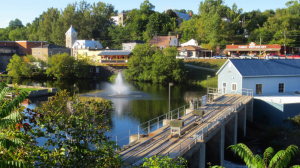 I lived with my maternal grandparents in Eganville in the early fifties when I was between the ages of four and nine. My parents were divorced by then. Dad was up north working for the Ontario Northland Railway and Mum was working in Deep River at Atomic Energy of Canada (where there is now an Islamic Centre arranging for translation of a “welcome booklet”) and later in Montreal. I’ve written poems about life in Eganville and started another one:
I lived with my maternal grandparents in Eganville in the early fifties when I was between the ages of four and nine. My parents were divorced by then. Dad was up north working for the Ontario Northland Railway and Mum was working in Deep River at Atomic Energy of Canada (where there is now an Islamic Centre arranging for translation of a “welcome booklet”) and later in Montreal. I’ve written poems about life in Eganville and started another one:
In Bimm’s Red & White I tell Grandpa
a boy has stolen a chocolate bar.
Grandpa says never mind, or at least lets me know
I ought to be quiet about it.
There are big round cheeses in red coverings
and I wonder, what sort of life
one needs to be able to buy
such a big and shiny thing.
Here the Protestants and Catholics throw stones
at one another across the Bonnechere.
At the prayer meetings at the new Baptist church
on Friday nights, people speak in tongues.
While at Vacation Bible school, I paint pink
and yellow raised flowers on a plaster plaque.
Grandma says going to the show is a sin,
burns my Old Maid playing cards in the woodstove.
Under the vinyl siding of the farmhouse
across the road from where I once lived,
the wood is weathered to charcoal.
Memories of the hunted there.
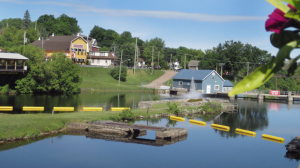 Roy MacGregor referred to the Protestants and Catholics once throwing stones at each other across the Bonnechere River in Eganville. Someone told him, those people are “today contented neighbours.”
Roy MacGregor referred to the Protestants and Catholics once throwing stones at each other across the Bonnechere River in Eganville. Someone told him, those people are “today contented neighbours.”
The Irish were among the “hunted” who settled in the Ottawa Valley to escape the potato famine in the early 1800s. My great grandfather, Thomas Benjamin Lett, born in Eniscorthy, Ireland, I expect, was one of them. My great grandmother, Wilhelmina Marie Miller born in Germany, was his third wife. They died in 1914 and 1938, respectively.
“I love every hill and rock and stump there,” Roy said in an email to me. “Valley roots run deep,” he said.
Those hills and rocks are part of me and that landscape was a constant in my young life. If the rocks are part of me and I have love for myself, then one day I may also be saying I love every hill, stone and split rail fence there.
As for what went on there, I may have become a poet in the quiet solitude of my grandparents’ garden but I also remember experiencing and hearing of abuse amongst extended family members. We learn to plant seeds of compassion. My hope is that what was done in the name of religion through the years is remembered but not repeated.
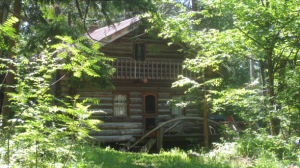 Besides the Irish finding a new home in the Ottawa Valley, the Kashubians and Poles arrived in the valley in the 1850s and 1860s, Roy says in his article. They found land that reminded them of home and built a village called Wilno. Sarah and I remember visiting a pub in Wilno when we visited there more than ten years ago. Our aperitif of Dubonnet which is usually in a small glass with lots of ice came in a tumbler size glass!
Besides the Irish finding a new home in the Ottawa Valley, the Kashubians and Poles arrived in the valley in the 1850s and 1860s, Roy says in his article. They found land that reminded them of home and built a village called Wilno. Sarah and I remember visiting a pub in Wilno when we visited there more than ten years ago. Our aperitif of Dubonnet which is usually in a small glass with lots of ice came in a tumbler size glass!
While valley people are known to be welcoming, the area is “deeply” conservative. “They sent a Canadian Alliance candidate to Parliament 15 years ago and have re-elected Cheryl Gallant, now a Conservative, five times since,” Roy points out in his article. There have been comments about a “home-grown attack” and concerns about the refugees if there’s a “terrorist strike in Canada”.
We don’t know the future of the refugees who will be welcomed to Eganville. They’re arriving with hope that they will be living in a much safer place. They will be leaving everything behind to make an arduous journey in search of freedom. My hope is they can continue their spiritual traditions. No more burning of relics in the woodstove. No more throwing of stones. No more suppressing the spirits of others.
I picked a rune at a friend’s on December 31st thinking of what I may learn as I wander with wonder through 2016. “Breakthrough” was the rune that came to me. In my own set of The Healing Runes at home, the Viking “Breakthrough” is called “Hope.”
“Hope is a companion on our journey,” Ralph H. Blum and Susan Loughan write, “one that whispers in our ear: It is going to be better . . . The darkness is behind you . . . The daylight has come.
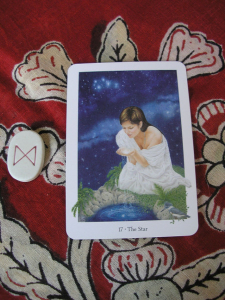 There was also hope in one of the cards I chose for a New Year’s spread. The Star is the theme for me for the new year ahead. In it is pictured a starry sky for hope, inspiration, beauty, opportunities, and connection with the infinite. The Pleiades, a small cluster of stars of which seven are the brightest, have become known as the seven sisters. They’re also a symbol for one’s ancestral home.
There was also hope in one of the cards I chose for a New Year’s spread. The Star is the theme for me for the new year ahead. In it is pictured a starry sky for hope, inspiration, beauty, opportunities, and connection with the infinite. The Pleiades, a small cluster of stars of which seven are the brightest, have become known as the seven sisters. They’re also a symbol for one’s ancestral home.
The poet Sappho wrote of the Pleiades which we know as the Rainy Sisters in the Pacific Northwest. It was, Mary Bernard (1909 – 2001), a lumberman’s daughter born in Vancouver, Washington who translated the poetry of Sappho. If the island of Lesbos off the coast of Asia Minor (present-day Turkey) can be linked to the rainforest of the west coast of North America, the people from Syria ought to find their heart’s home in the Ottawa Valley and blend their memories of their original home with the fields and fiddle sounds of the valley.
Looking up to the sky is probably a good way to remember we’re all under the stars together. (With thanks to a marvelous collection of essays by Stephen Hume called A Walk with the Rainy Sisters: In Praise of British Columbia’s Places, Harbour Publishing, 2010).
In terms of hope, I’m thinking of “active hope” which is the title of a book by Joanna Macy and Chris Johnstone. Rather than rely on external agencies to bring about what we desire, we become active participants in Active Hope. It’s a practice with three key steps: first, a clear view of reality; second, the identification of what we hope for in terms of the direction we’d like things to move or the values we’d like to see expressed; and third, taking steps to move ourselves or our situation in that direction.
“Since Active Hope doesn’t require our optimism, we can apply it even in areas where we feel hopeless,” say Macy and Johnstone in Active Hope: How to Face the Mess We’re in without Going Crazy (New World Library, 2012).
Personally, I feel hopeful. As for the refugees moving to the Ottawa Valley, I’m hopeful that the love and caring that initiated Valley Welcome as well as the ability to identify with others who are struggling, will continue to sustain the old timers and the newcomers as they learn from one another.
I’ll close with with an excerpt from Lorna Crozier’s poem “Packing for the Future: Instructions” to bring solace to us all as we embark on the new year wherever we may be:
Take the thickest socks.
Wherever you’re going
you’ll have to walk.
There may be water.
There may be stones.
There may be high places
you cannot go without
the hope socks bring you,
the way they hold you
to the earth.
At least one pair must be new,
must be blue as a wish
hand-knit by your mother
in her sleep.

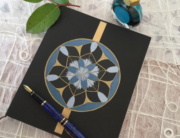
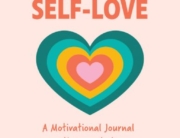
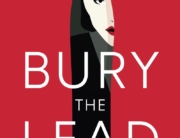
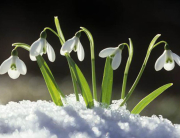
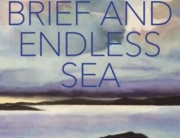
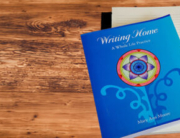
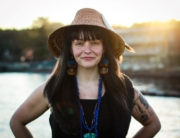
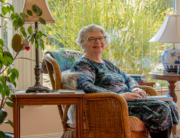
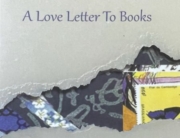
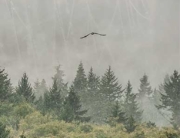
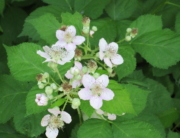
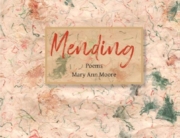
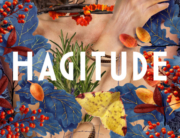
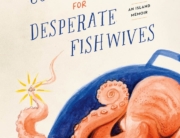
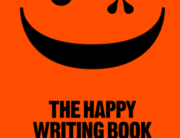
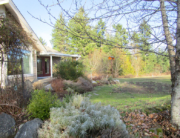
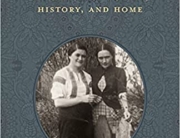
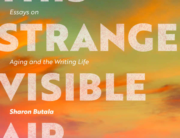
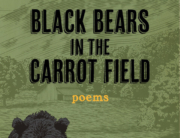
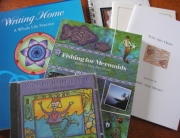
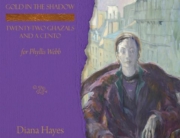
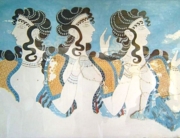
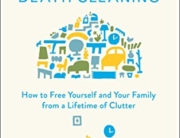
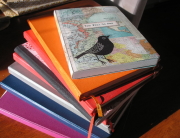
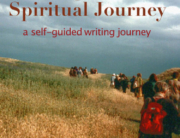
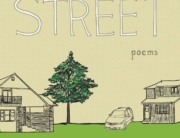
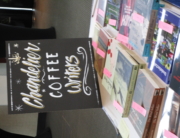
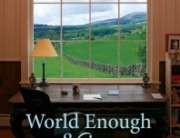

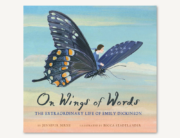
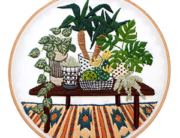
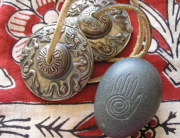
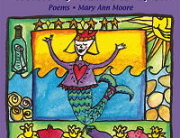
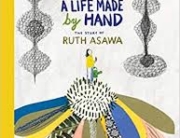
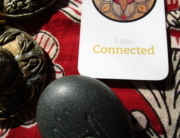
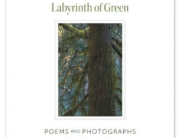
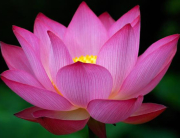
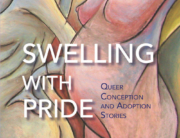
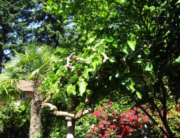
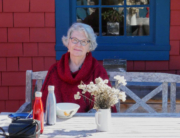
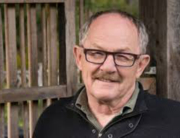
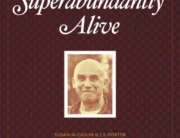
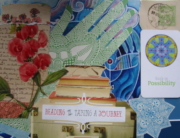
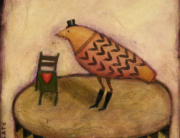
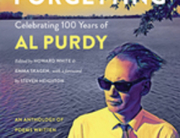
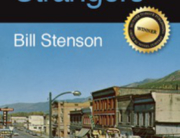
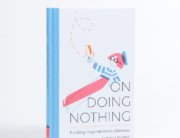
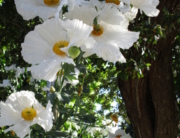
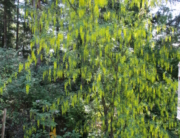
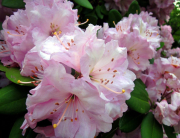
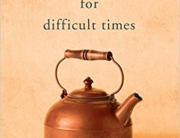
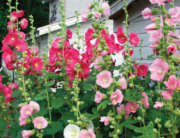
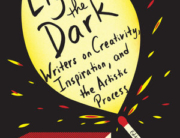
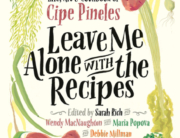
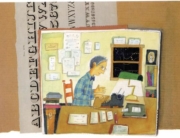
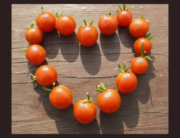
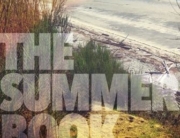
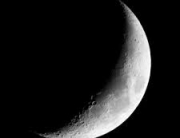
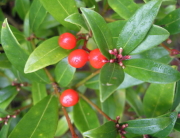
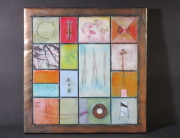
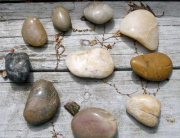
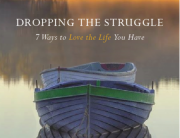
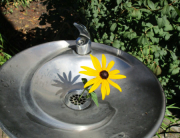
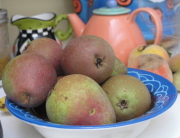
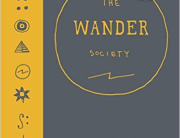
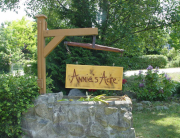
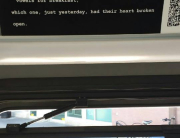
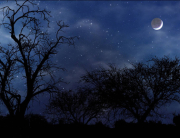
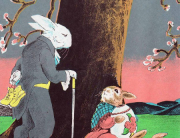
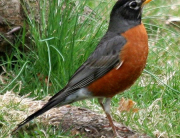
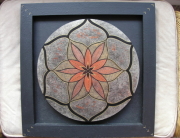
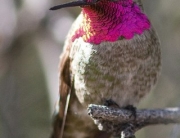
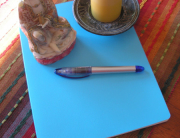
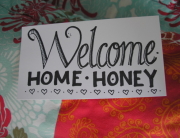
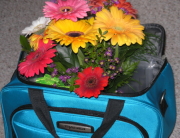
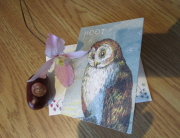
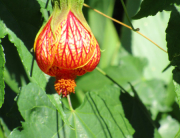
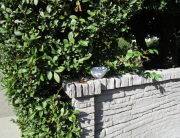
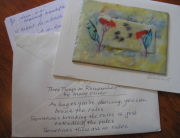
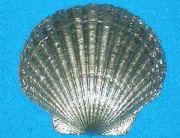
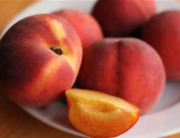
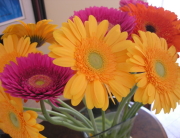
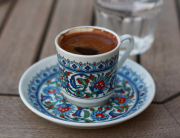
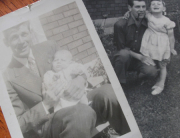
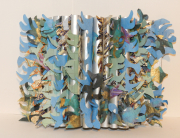
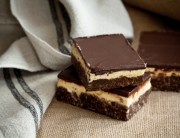
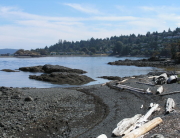
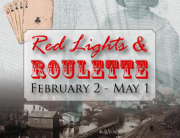
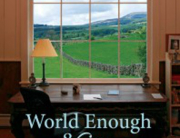
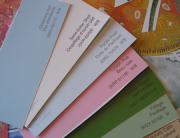
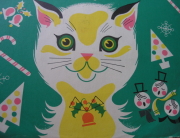
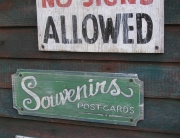
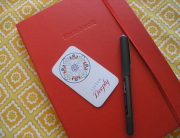
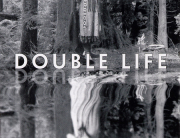
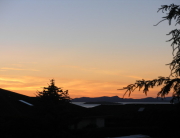
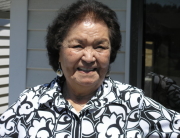
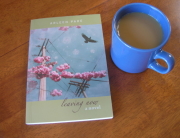
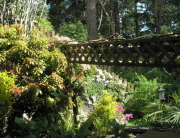
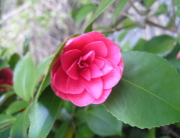
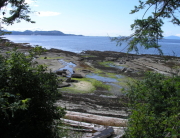
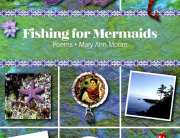
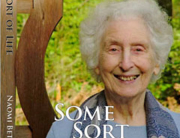
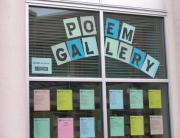
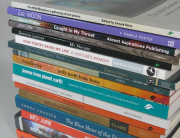
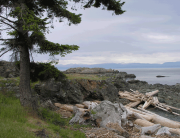
“Remembered not repeated…..” I like the sound of that. It can cover so many different situations in our lives. It is more neutral, nonjudgemental, and extends the Spirit of Compassion that allows for the expansiveness, of living and being consciously aware and responding from the present moment.
Mary Ann as always your wisdom and life experience are brought to readers with your exqisite storytelling. I so enjoy how you weave your thoughts and feelings with those of other writers. Each of your bog posts are unique, colourful, and educational. Just like you! Happy New Year!
Mary Ann, I am waiting to hear whether surgery went ahead as rescheduled and to find out how you are doing — please update soon as you can, Dear Woman!